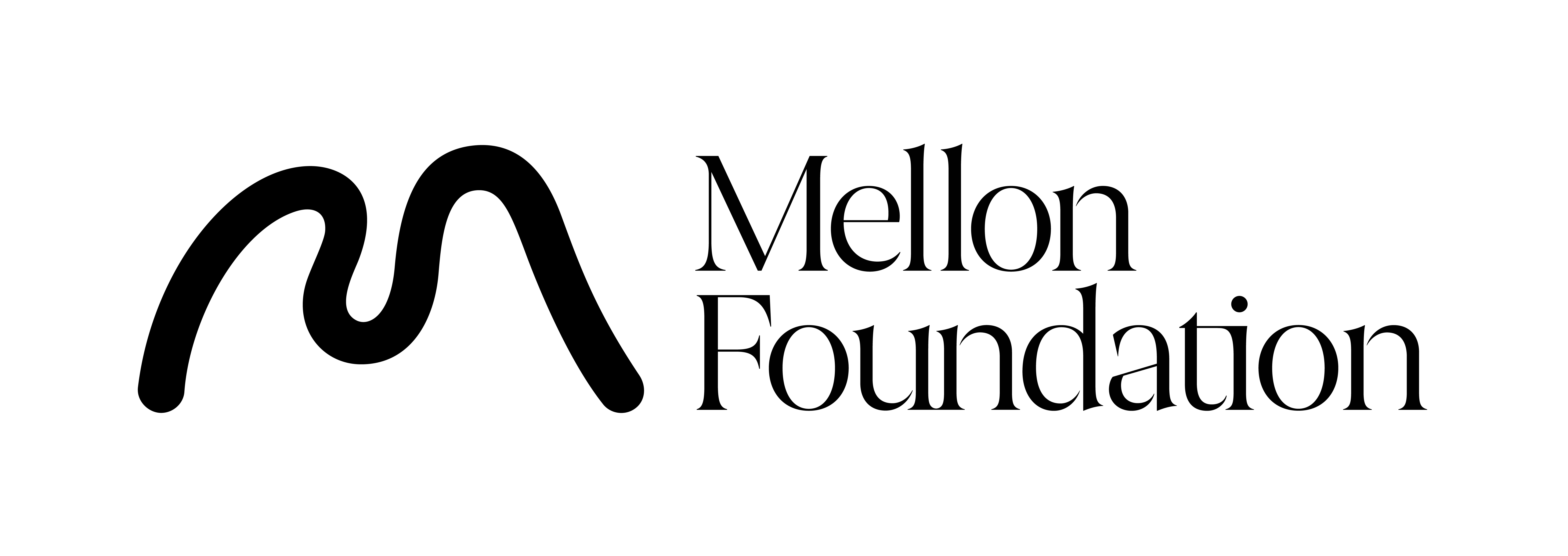We continue our series of guest posts by our summer paleography and codicology course students this week with an exploration by Nurlan Kabdylkhak of the manuscript tradition of an important component text of Central Asian Islamicate literature.
Shajara-i Turk stands out among historical chronicles originating in Central Asia for several compelling reasons. Firstly, its author, Abu al-Ghazi (Abulghazi) Bahadur, was a member of the Chingissid dynasty, which had held exclusive rulership rights in the region for centuries. Notably, when composing the chronicle, the chronicler was himself a reigning monarch. Abu al-Ghazi hailed from the Jochid-Shibanid lineage and for two decades (1643-1663) governed the Khanate of Khorezm, also known as the Khivan Khanate in European historical sources, in South-Western Central Asia.
Khorezm, an ancient city, had once served as the seat of the Khwarazmian empire (c.1077-1220s) until it was conquered by Chinggis Khan's armies and integrated into the Mongol empire. Following Chinggis Khan's death, Khorezm became part of the Jochid Ulus, or Golden Horde. Subsequently, in the wake of Amir Timur's (Tamerlane) military campaigns in the 1370-1380s, the city and its surrounding areas became part of the Timurid state, remaining so until the early 1500s when the Jochid-Shibanid dynasty initiated the Chinggisid restoration in Central Asia. Shajara-i Turk, authored by a Chinggisid dynast, thus holds a wealth of historically significant details and crucial genealogical information that may not have been readily available from non-Chinggisid authors.
The second distinguishing quality of the chronicle lies in its language. Against the prevailing fashion, Abu al-Ghazi used Turkî, not Persian, for his work. Furthermore, the chronicler intentionally simplified his language to bring it closer to the spoken vernacular, making it accessible even to a five-year-old child, as he aptly notes. In this regard, Abu al-Ghazi's works represent another milestone in solidifying the use of Turkî as a literary language not only in Central Asia but also in neighboring regions.
Shajara-i Turk intriguingly raises questions about the modern use of the term 'Chaghatay language,' which is retrospectively applied to the historical Central Asian literary Turkic language based on the Arabic script. It becomes evident from the chronicle's text that Abu al-Ghazi makes a clear distinction between the Turkî and Chaghatay languages, seemingly viewing the latter as a highly ornate dialect not understood by many Turkic speakers.
Soon after its completion (around 1665), Shajara-i Turk spread across not only in Central Asia but also among Turkic-speaking communities in the Volga-Urals and Siberia. Its popularity even extended beyond Muslim readership. Early on, the chronicle was brought to Europe by Swedish prisoners of war, sent to Siberia by the tsarist government. In Europe, Abu al-Ghazi's magnum opus was translated into European languages and published in French (1726) and later in German. The French-language publication of Shajara-i Turk served as the foundation for subsequent Russian (1770) and English (1780) translations of the chronicle. Supported by tsarist authorities, an Arabic-script Turkî text of Shajara-i Turk was published in 1825 in the city of Kazan (Qazan), a significant center for Russian Oriental studies and Muslim publishing.
Frontpage of Shajara-i Turk printed in Kazan, Russian empire, in 1825
During this past summer, as part of the Digital Islamicate Paleography and Codicology Summer School project, I had the privilege of working with three digitized copies of Shajara-i Turk. All three manuscripts date back to the eighteenth century and share many other common features. They are all written on Occidental paper and are currently bound in European-style bindings, with minimal marginalia notes.
The earliest and most noteworthy of these copies is the manuscript preserved in the Uppsala University Library (Uppsala University Library: O Vet. 60). Completed sometime before 1722, this manuscript was donated to the university by its former owner, Peter Schönström (1682-1746). The manuscript's first folio contains Schönström’s ownership note in Swedish, indicating that he acquired the manuscript during his imprisonment in Siberia. It is possible that this very manuscript served as the foundation for subsequent European translations of Shajara-i Turk. However, scholars are aware of other Swedish prisoners in Russia who developed a genuine interest in local non-Russian cultures and could have brought other copies of Shajara-i Turk back to Sweden. The Uppsala text is written in clear nastaliq using black ink, with red ink used to highlight important phrases and text headers. Each folio is meticulously equipped with a catchword, and occasionally, the scribe provides marginalia notes meant to supplement the text with additional phrases or words.
Peter Schönström’s ownership note in MS. Uppsala University Library: O Vet. 60.
The other two copies of Shajara-i Turk are housed in the Berlin State Library (Staatsbibliothek zu Berlin: Diez A quart. 14) and the National Library of France (Supplément turc 141). The Berlin manuscript, completed in 1737 in St. Petersburg, then the capital of the Russian Empire, employs the naskh script. This manuscript contains numerous interlinear notes, primarily in Latin script, with occasional Arabic-script additions by previous readers of the book. These notes typically indicate omissions, synonyms, as well as translations of certain terms.
Interlinear comments in MS. Staatsbibliothek zu Berlin: Diez A quart. 14, fol.19a.
The Paris copy is the most recent among the three Shajara-i Turk manuscripts, dating from the second half of the eighteenth century. This manuscript is also written in naskh script using black ink, with occasional words and phrases highlighted in different color. It lacks marginal notes. In 1824, a certain John Jack acquired this manuscript and added a note on the front flyleaf: 'This book is Abul-Ghaziʾs genealogical history of the Tartars.’
Paleographic Features of the Manuscripts
There exists a remarkable level of homogeneity among all three Shajara-i Turk texts. They share the same structure and often reproduce the text word for word. However, occasional differences in spelling conventions can still be discerned. In some cases, these variations merely reflect the flexibility of Turkic word spellings in the Arabic script. Even within a single text, the author alternates between Perso-Arabic letters like qaf (ق) and ghayin (غ) or jim (ج) and che (چ). In other instances, spelling preferences may provide insights into the scribes' educational backgrounds, ethnic origins, and geographical affiliations.
The Uppsala manuscript, the most aesthetically pleasing among the three, appears to be the work of a professional scribe. The manuscript's calligraphic style and the occasional use of red ink suggest that its copyist was an educated and seasoned calligrapher. Unlike many other Turkic manuscripts, including the other two Shajara-i Turk texts, the Uppsala copy contains no errors in the spelling of Arabic and Persian words. Another notable feature of this text is the extensive use of ihmal signs, additional symbols in Arabic-script writings used to distinguish letters with the same graphemes (e.g., sin is consistently written with three dots underneath, as seen in the word ایرماڛ). All these features suggest that the author possessed a high level of training and scribal experience.
Abu al-Ghazi gives a summary of all book chapters, MS. Uppsala University Library: O Vet. 60, fol.3b.
Despite the apparent professionalism of the Uppsala scribe, he frequently makes errors in the spelling of Turkî words. This implies that Turkic was not his first language. Common mistakes include confusion in letter orders (تورفاق instead of توفراق) and discrepancies in the number of dots above letters with similar graphemes (یراتفانی instead of یراتقانی). However, the most puzzling aspect for this scribe appears to be Turkic case suffixes. For instance, he incorrectly interprets the genitive suffix -ning (e.g., هجرة نینک in the Berlin and هجرة نيك in the Paris copies) as a Turkic word -ming (هحرة مینک), signifying a thousand. Instead of using the ablative suffix -den (e.g., مقصد دین in the Berlin copy), he simply adds -en (مقصدین) to the noun maqsud (=goal, مقصد), seemingly perplexed by two dals following each other, one as the last letter of a noun and the other as the first letter in a case suffix.
In contrast to the Uppsala copyist, the Berlin and Paris scribes display less diligence in their handling of Arabic and Persian terms. This suggests that both had less training in these languages than the Uppsala copyist, and neither was a native speaker of Arabic or Persian. Most of their errors stem from confusion regarding the number of dots above or below letters with similar graphemes (compare مناسب in the Uppsala and میتاسب in the Berlin manuscripts or مثنوّیات in the Uppsala and نثوّیات in the Paris copy). However, this oversight is balanced by the competence of the Paris and Berlin scribes in Turkî. This is particularly evident in the Paris text, where the copyist consistently spells Turkî words in the same manner, favoring their less vowelized versions (قلیب instead of قیلیب or پادشاه لق instead of پادشاه لیق). On occasion, he casually reproduces more Turkic-vernacular variations of proper nouns, writing Abulghazi (ابولغاظی) instead of Abu al-Ghazi (ابو الغازی) and Kharazm (خارزم) instead of the historically more correct spelling, Khwarazm (خوارزم).
MS. Staatsbibliothek zu Berlin: Diez A quart. 14; MS. Supplément turc 141
Furthermore, the scribe's preference for -nun instead of -kaf in the third-person dative suffix ending may hint at his native Qipchaq dialect (compare Uppsala's and Berlin's فرزندلريكه with the Paris فرزندلرينه), suggesting a non-Central Asian background. Indeed, his careless use of 'Qazan' instead of the correct 'Qazaq' may strongly suggest the scribe's origins in the Volga-Urals (compare the original قریمده وقزاقده with the Paris text's قيرمده وقزانده).
Shajara-i Turk represents a remarkable historical and linguistic treasure. Its manuscript copies preserved in Uppsala, Berlin, and Paris, offer a fascinating glimpse into the scribal practices of the 18th century. Despite their shared content and structure, each manuscript exhibits unique linguistic features, shedding light on the backgrounds and experiences of their respective scribes.
Nurlan Kabdylkhak is a History PhD student at the University of North Carolina at Chapel Hill. He studies Russian and Central Asian history, with a particular focus on Islamic institutions in the late modern Kazakh steppe.









